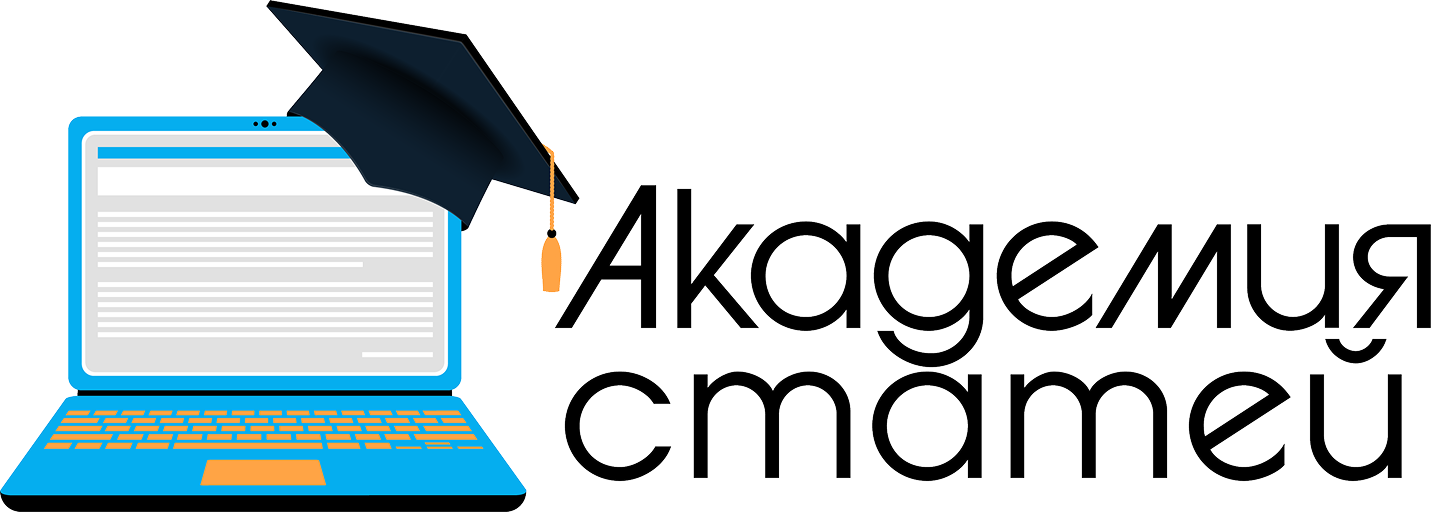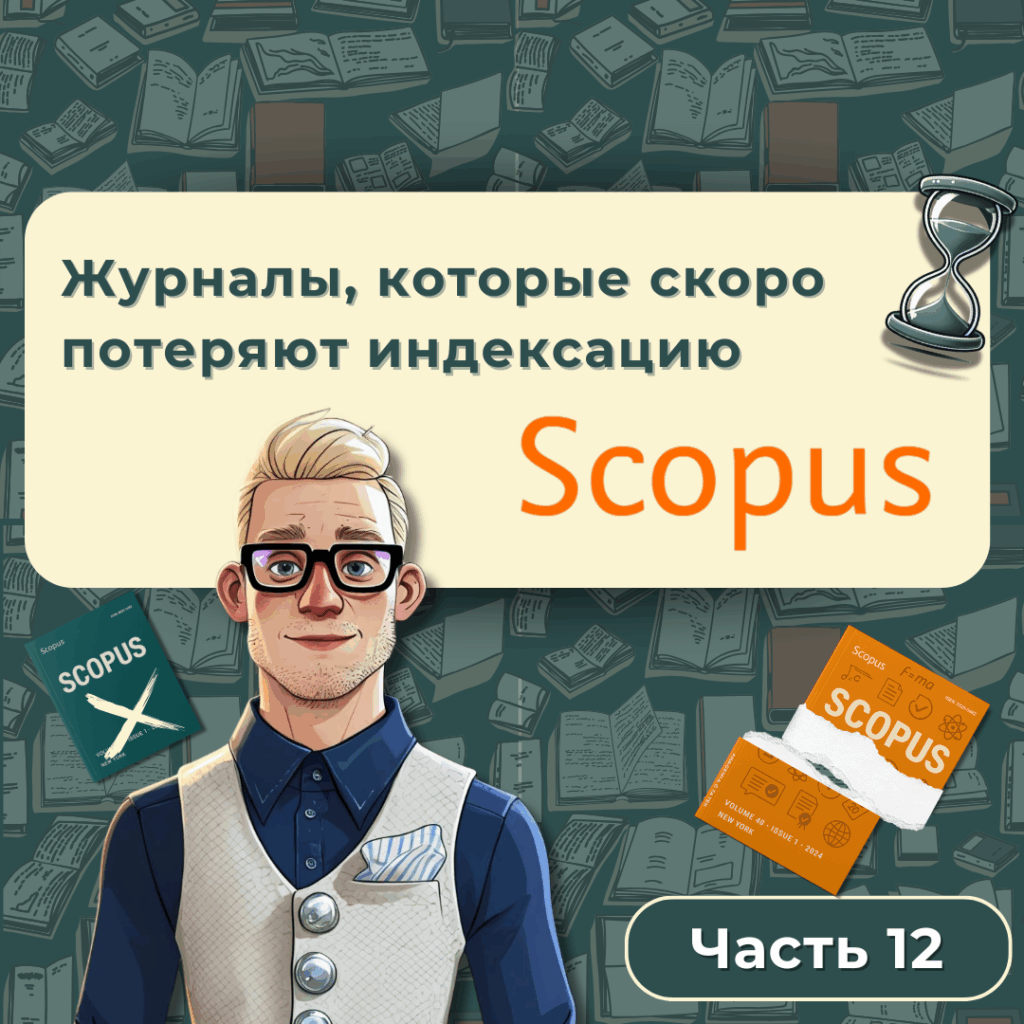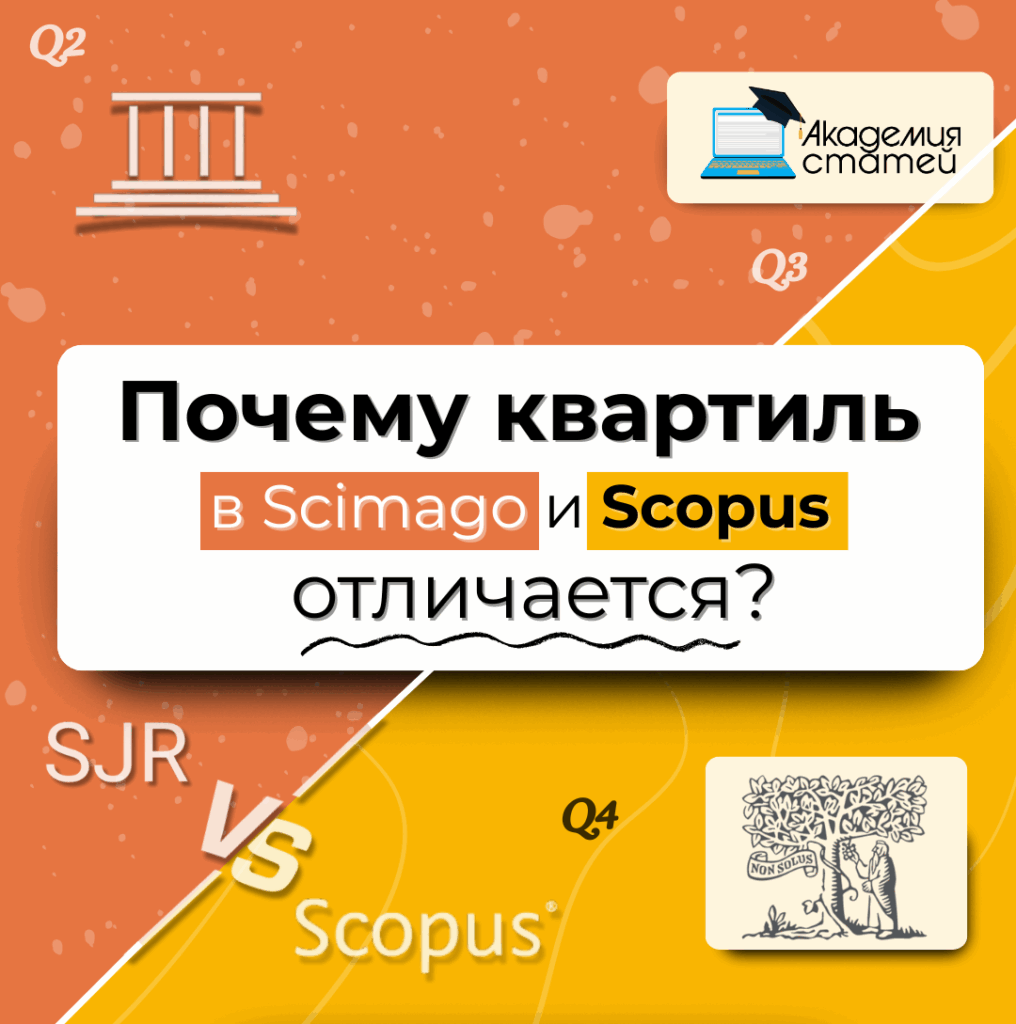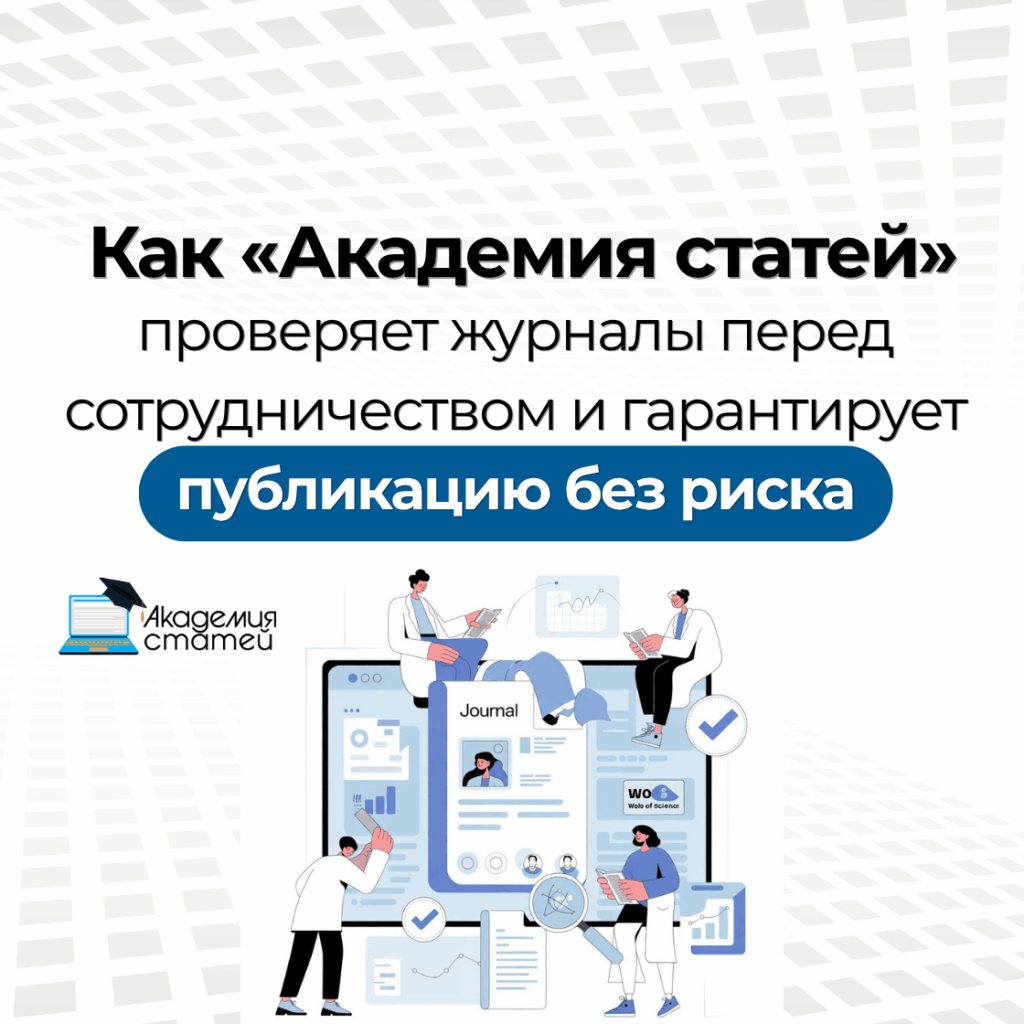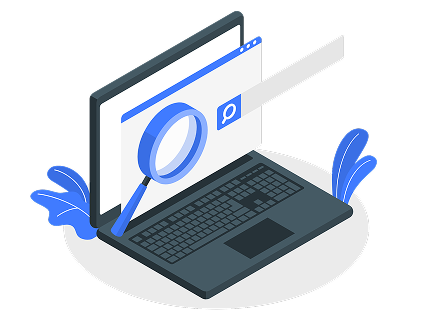When a scientist writes their work, they communicate with the rest of the scientific community, sharing their thoughts and developments. Each scientific article is their individual contribution to the advancement of science. At the same time, the importance of this field does not tolerate negligence or irresponsibility. Therefore, checking a scientific article for plagiarism is no less important than its writing. It is also a requirement of the scientific publications that publish the scientist's work.
Let's go in order.
- What to look for when choosing an anti-plagiarism program
- Top 5 anti-plagiarism programs
- What is the best program for checking scientific articles in Scopus and Web of Science?
What to look for when choosing an anti-plagiarism program
On the one hand, it may seem that scientific journals are overly scrupulous when they check all scientific articles for plagiarism. But on the other hand, this approach ensures that every scientist's work is protected from theft and misuse. Therefore, such a system becomes a guarantee of overall security in the context of intellectual property rights. Therefore, anti-plagiarism should be viewed not only as a measure of complexity and responsibility, but also as a means of protecting scientific articles.
To choose the right anti-plagiarism software, you should familiarize yourself with which ones best suit your needs. There are some universal quality parameters that any good anti-plagiarism software should meet. These are:
🟦 high degree of objectivity and relevance of the audit;
🟦 ease of use;
🟦 Free testing is available to evaluate the program's performance;
🟦 Inexpensive subscription cost if we are talking about a paid resource that the researcher will use on a regular basis;
🟦 Compatibility with the requirements of scientific journals that accept material for publication.
In short, it's important that the program be functional in every sense—it should provide user convenience, produce accurate results, and meet the requirements of the scientific journal, whose editorial board will also rely on a specific anti-plagiarism service. At the very least, reputable scientometric databases like Scopus and Web of Science only accept scientific articles that meet anti-plagiarism requirements. This approach is aimed at ensuring that researchers submit truly unique, original materials that can contribute to science and open up new possibilities for the scientific community.
Top 5 anti-plagiarism programs
Let's look at the most popular programs that are in demand among scientists.
UNICHECK
This program, formerly known as UNPLAG, allows you to check text for plagiarism, seamlessly integrating with online platforms owned by educational institutions. The free version allows you to check texts ranging from 30 to 200 words long. While the free version is a plus, it's not the only advantage. Other benefits include:
🟦 the ability to use the free version for up to 2 months;
🟦 Detection of plagiarism in software code;
🟦 Help with setting up anti-plagiarism;
🟦 Availability of 24/7 integration functionality (meaning chat, phone, and email).
The cost of the program depends on the selected service package. It can be adjusted depending on the amount of information needed to be verified. For example, if 100 pages need to be verified, it will cost $15. 250 pages can be verified for $30. The system is designed so that the larger the verification volume, the cheaper it is.
Turnitin
The advantages of this anti-plagiarism program include:
🟦 Powered by an industry-leading content database that ensures comprehensive analysis;
🟦 24/7 support in 10 languages, making it easier for subscribers to communicate with the people responsible for the service's quality;
🟦 Options designed for interaction between teacher and student, which is important for those who not only practice but also teach.
On the one hand, the tools and options offered don't offer anything fundamentally new, as they represent the standard functionality of a good academic anti-plagiarism tool. However, on the other hand, there is one important feature that makes this program unique and distinguishes it from its competitors: the ability to detect text manipulations designed to circumvent the integrity of the check.
It's worth noting that recently, it's become quite common to read entire collections of life hacks aimed at bypassing anti-plagiarism systems. These are typically used by students. This service makes it possible to detect such text manipulations. This is one of the reasons for its popularity.
The service's pricing and communications policy is based on not disclosing prices on the website. Educational institutions can request a personalized offer based on their request. University subscriptions are available. Although the price is not listed, Kent State University published information on its website last year that stated the cost was $3 per student.
Strike-plagiarism
This anti-plagiarism program is academic and well-suited for checking scientific articles. Its advantage is access to scientific and university databases. Therefore, it can be used to identify copied fragments and determine their source.
Another advantage of the program is the similarity report, which is designed in a user-friendly manner. But the program's advantages don't end there. Its other benefits include:
🟦 Convenient customer support. Our specialists speak 15 languages.
🟦 We have offices on multiple continents, open 24/7. This means that if a subscriber has any issues, they can contact the service administrators via their preferred messenger and resolve the issue.
🟦 Strict confidentiality is maintained. All documents submitted to the database for review are protected from copying and distribution to third parties. Therefore, the service's developers have made every effort to protect the content of scientific articles submitted for review.
🟦 The availability of an assignment option allows teachers to interact with students. Therefore, the anti-plagiarism program is also designed for researchers who also teach.
The payment method is as follows: subscribers purchase a certain number of tokens, which are valid for six months. One token equals 18,000 characters. Payment can be made in various currencies. If paid in dollars, it costs $3 per token. Therefore, using this anti-plagiarism service is not cheap.
As for the subscription, it can be either individual or corporate.
iThenticate
Among the advantages of this service, it is worth noting the following:
🟦 Adaptation specifically for research publications;
🟦 Trust of scientific publications, for which this tool is considered one of the acceptable ones, although it is inferior in popularity to the Turnitin program;
🟦 Large database for verification – this means access to more than 70 billion web pages;
🟦 access to both active and archived pages;
🟦 Convenient match report.
These advantages make the program popular with many scientists. As for pricing, this tool is owned by Turnitin. Therefore, its price is not disclosed publicly, but only in individual offers provided by a company representative.
Grammarly
The service, which has both paid and free versions, offers a different range of options in each. Generally, the resource has received fairly good reviews as an anti-plagiarism program. However, it was originally conceived with a different, broader purpose. For example, Grammarly's primary goal was to create opportunities for improving English-language content. This is a good opportunity for those who write their academic papers in English or are just beginning to do so.
One of the service's positive features is that it works not only as an anti-plagiarism tool but also as a multifunctional program. For example, in addition to unique words, you can also find out the percentage of rare lexical units in the text. This is a plus for those looking for a more in-depth analysis.
Now let's look at the pricing plans. Anti-plagiarism is only available in the paid Premium ($12 per month) and Business ($15 per month) versions. This tool is not available in the free plan.
What is the best program for checking scientific articles in Scopus and Web of Science?
In this case, the most popular version is Turnitin. This is because the vast majority of scientific journals that publish articles in scientometric databases use this anti-plagiarism tool. Now a few words about why most researchers strive to have their scientific article included in Scopus or Web of Science.
Scopus is the world's largest scientometric database. It uses a system of percentiles and quartiles that allows one to see the ranking of a scientific journal. Therefore, scientists strive to organize their activities so that every reputable scientific article is included in Scopus or Web of Science. This is a unique gateway to the world of international science, opening up opportunities not only for professional communication and knowledge exchange but also for support of their professional activities. This applies, for example, to grant programs.
To win a research grant, it's important to provide the funding organization with evidence of your research activity. The easiest and most effective way to do this is by citing your research papers in Scopus or Web of Science. Web of Science has been around for a while longer than Scopus and is the second-largest database in the world in terms of content.
To publish materials in such databases, each scientific article must meet certain requirements. These include a good plagiarism check. Then, provided the research is relevant and useful, the material will be readily accepted by a reputable scientific journal listed in Scopus or Web of Science. Since most editorial boards of such journals use Turnitin, it's logical that using this anti-plagiarism program is the most appropriate approach. This way, the scientist can be sure that their material meets the necessary requirements.
In conclusion, it's worth noting that each researcher chooses the anti-plagiarism program that is most convenient for them, but it's still worth focusing on the selection of scientific journals.
